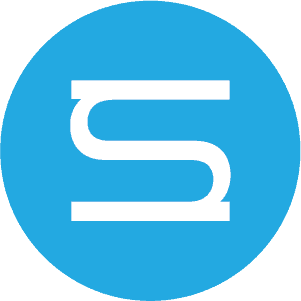At this stage of the research, I selected 4 recorded audio examples all performed in one mode (3 pre-recorded and my own recording); first, in order to measure the frequencies and then, to look at the potential deferences between them. Our performed sample is the third measure of the previous report (D, raised E-flat, F,Continue reading “Analyzing microtones and writing them for western classical instruments”
Category Archives: Digital Scholarship & Publishing
Teaching Digital Music Digitally
Over the last several weeks I have been continuing to work on creating tutorial videos for works with trumpet a interactive electronics that will be appearing on my album I plan to release in December as part of my DMA thesis project. Since my last post I met with my Studio points of contact whoContinue reading “Teaching Digital Music Digitally”
Animating the US Social Safety Net
In my previous post, I described my project on visualizing patterns of US social safety net provisions over time. During the past several weeks, I took a deep dive into R visualizations to develop a GIF which animates changes overtime in US cash assistance generosity (i.e. the value of the assistance recipients receive on average)Continue reading “Animating the US Social Safety Net”
Mapping Memory: Athletes, Commemoration, and Public Statuary
When I first started my project at the Studio, I had no idea what to expect. I had some grand ideas of visualizing my project through a mapping program. I knew I wanted photos, I knew I wanted small descriptions of each statue, and I knew that the placement of these statues was of theContinue reading “Mapping Memory: Athletes, Commemoration, and Public Statuary”
New Deal Youth Programs in Iowa
During the Great Depression, youth, a group young enough to be in school, while old enough to enter the workforce, worried American political leaders. The fear was that they would follow the path of youth in Germany or the Soviet Union and bring drastic change to the American political system. To alleviateContinue reading “New Deal Youth Programs in Iowa”
Filmmaking In The Void
Hi blog, Julianna here. This summer I’m working on a documentary film about my home state of Texas, hydraulic fracturing (“fracking”), a pipeline headed for the border, and whatever happens when it reaches Mexico. I began production this spring and was going full steam ahead until, uh, real life intervened. It happens. One minute,Continue reading “Filmmaking In The Void”
Microtonal Iranian Intervals
My name is Ramin Roshandel and I’m a 2nd-year PhD student in Music Composition. My summer project for the Studio comprised of two parts: first is the analytical part and the second is the compositional piece. For the first stage of the first part, I’m analyzing the difference between microtonal Iranian intervals and western classicalContinue reading “Microtonal Iranian Intervals”
Developing an App for a Children’s Museum
I’m Jeremy, a PhD student in Educational Psychology and the Learning Sciences. I study and design informal learning environments. This summer, with the help from the Studio, I am prototyping an app for a new exhibit at the Iowa Children’s Museum. The project is built upon prior work with the Iowa Children’s Museum. I wasContinue reading “Developing an App for a Children’s Museum”
1930s Nursing in Native Communities
In the 1920s and 30s, the public health nurse or “field nurse” was an important figure on many Native American reservations. These healthcare workers were hired to provide health education and preventative medicine to Native communities. Their work was also supposed to serve the federal government’s larger-scale policies toward Native people, and many of theirContinue reading “1930s Nursing in Native Communities”
Comparison of Groups with Different Patterns of Symptom Cluster Intensity across the Cancer Treatment Trajectory
People undergoing treatment for cancer may experience a wide range of symptoms that can vary in their frequency and intensity. Experiencing multiple co-concurrent symptoms, also known as symptom clusters (SCs), can be highly distressing and impact one’s quality of life and functioning. Currently, an increasing amount of nursing and other clinical data is being collectedContinue reading “Comparison of Groups with Different Patterns of Symptom Cluster Intensity across the Cancer Treatment Trajectory”
